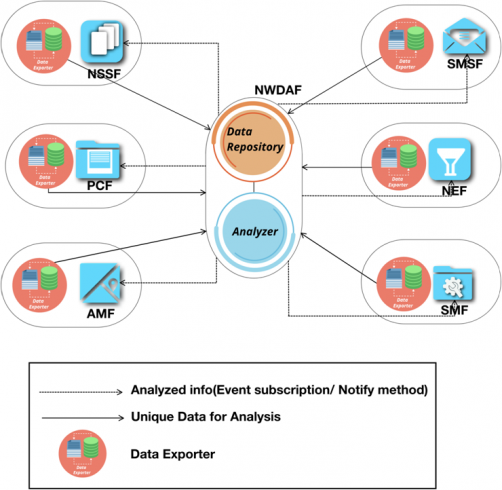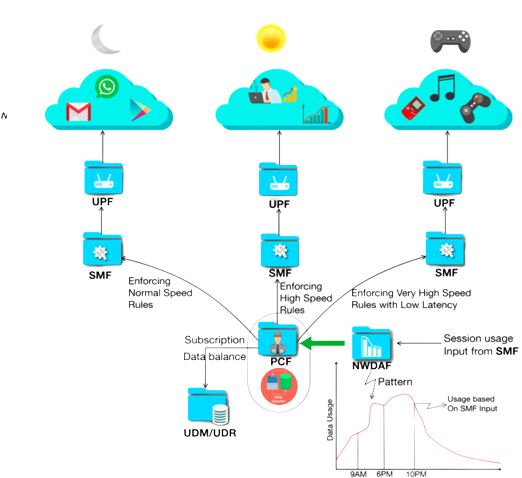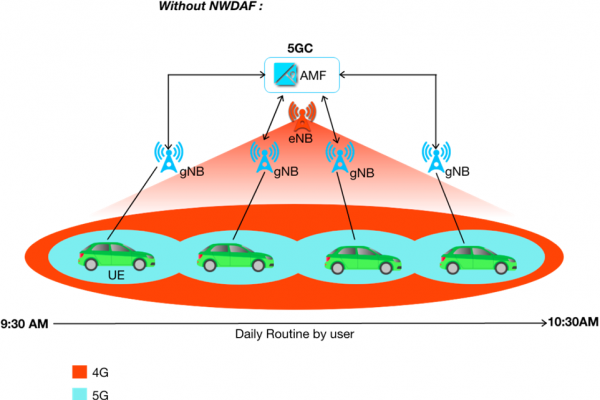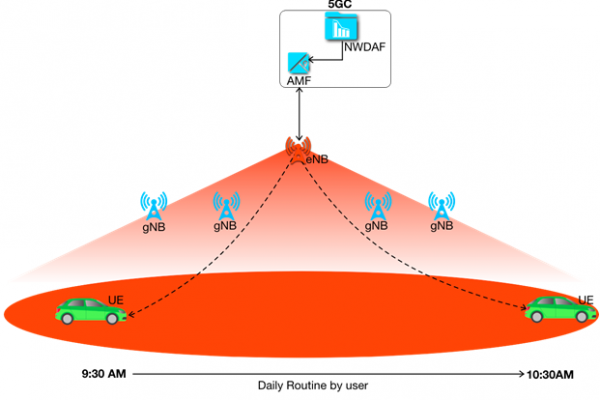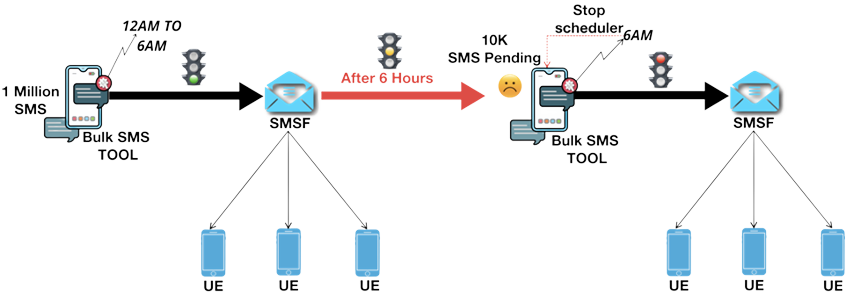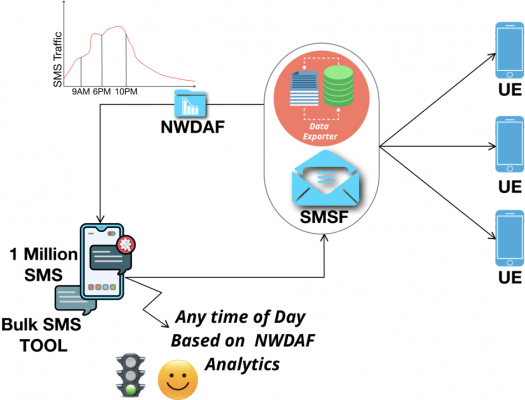All Insights / NWDAF – Introducing Machine Learning Capabilities in 5G
Blog
NWDAF - Introducing Machine Learning Capabilities in 5G
Introduction
Data analytics in simple terms refers to the analysis of data. The process involves continuous extraction of data, analyzing the extracted information and forming a behavioural pattern. The analysed information helps to improve the network/system performance, capacity and availability. The process can vary from Business-to-Business based on the requirements.
With the evolution of telecommunication and introduction of millions of devices to the network in 5G, data analytics is going to play a key role. It becomes mandatory for the Telecom operators (Communication Service Providers) to use analytics as the main function that can collect, analyze and make real-time decisions by itself in order to provide better service to the service consumers (E.g.: eMBB, IoT devices, etc.,).
Analysis of network data is not new to 5G. Earlier telecommunication technology also involved manual analysis of network data. The KPIs of individual network nodes are frequently collected and the analysis of that data was done by the operators. The outcome of the analyzed data results either in an enhancement decision for future (or) push operators to take reactive decisions to resolve the outages temporarily. These reactive decisions only bring limited advantage to the network elements for a period of time. The solution to satisfy the end consumer also happened only over a period. Hence the analytics function (NWDAF) in 5G is considered as an important entity that can perform automatic analysis of collected data and provide decision making information to the NFs.
4.1.1. Operations supported

Figure 3: Subscription using POST method
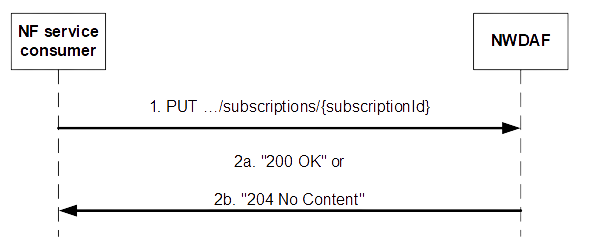
Figure 4: Subscription using PUT method

Figure 5: Delete Subscription (Unsubscribe) using POST method

Figure 6: Notifying Events using POST method
The NWDAF will invoke a HTTP POST request to notify the consumer about the observed event. Once the notification from NWDAF is accepted by the NF (Consumer node) it will store the notification for further processing and will respond with a “204 No Content” to NWDAF.
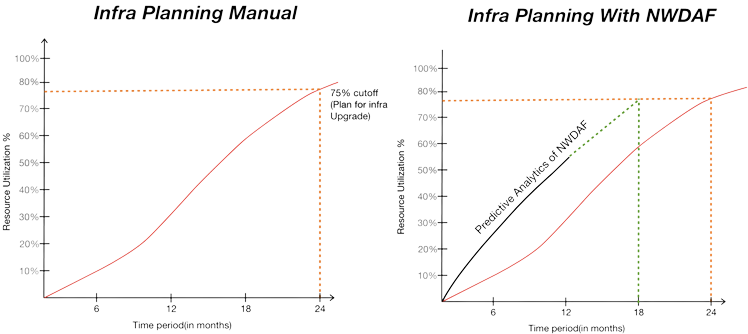
Figure 16: Infrastructure utilization efficiently predicted with NWDAF




